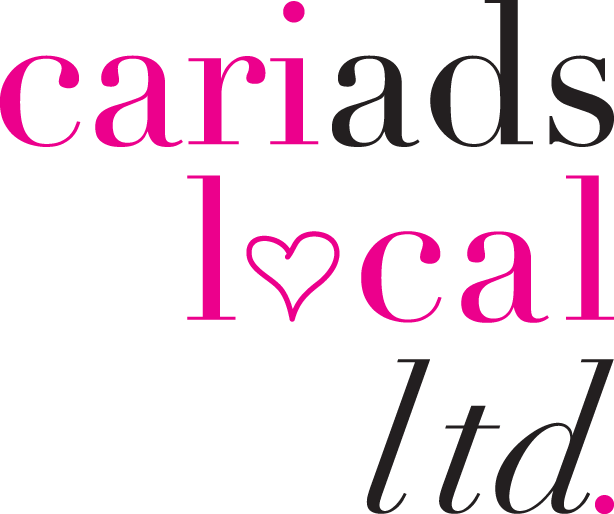Your History: The Lord of Misrule and the Bishop Boy
People have always sought to liven up the dark days around Christmas. Today we have office parties and big family gatherings, but these are feeble efforts compared to what went on in earlier times. Indeed this was often a period when a great deal of disruption was accepted and enjoyed.
The normal social hierarchy was turned upside- down and wild behaviour was widely tolerated. Role-reversal was an important part of these festivities, and in medieval grand houses a person was often elected as the ‘Lord of Misrule’ to organise and preside over the Christmas festivities. Not surprisingly, these were often drunken, raucous events which got out of hand. Rather than deprecate these unseemly practices, the Church entered into the spirit of the thing with enthusiasm. The ‘Feast of Fools’ was celebrated between 26th and 28th December and involved junior clergy swapping places with their superiors. The main purpose seems to have been to let everyone have fun.The ecclesiastical liturgy was lampooned with hilarious effect but, inevitably, things often went too far. Eventually the main form of role-reversal became the election of a ‘Boy Bishop’ to ‘rule’ from 6th December to the 28th. Usually chosen from among the choristers, he was given episcopal robes and a mitre. During his period of office, he performed many duties, preaching sermons and leading processions in the town. All of these medieval practices were finally outlawed by Elizabeth I, though Hereford Cathedral reintroduced the role of ‘Boy Bishop’ in 1972.
St Laurence’s church in Ludlow is very fortunate in having rare wooden carved images of both a ‘Lord of Misrule’ and a ‘Boy Bishop’ (shown in image). Dating from around 1450, they can be found back- to-back in the chancel, halfway along the choir stalls on the right-hand side.


